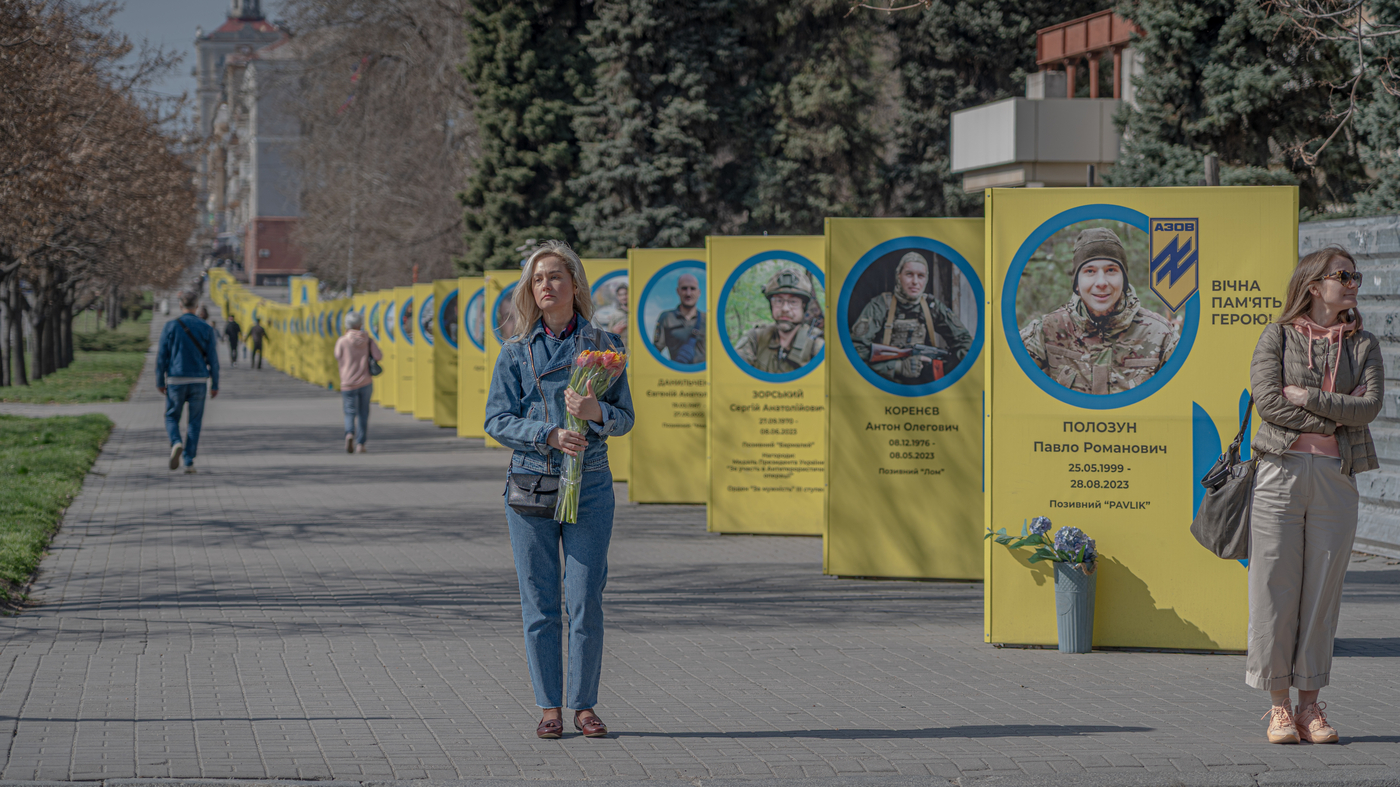“`markdown
The ongoing conflict between Russia and Ukraine has left deep scars, not just on the land but on the lives of millions. Among the most pressing questions is the fate of the territories currently under Russian occupation. Will they remain contested, be absorbed into Russia, or eventually return to Ukrainian control? The answer is tangled in geopolitics, human suffering, and competing narratives of identity and sovereignty.
The Heart of the Dispute
At the core of the conflict lies a fundamental disagreement: Russia claims that four Ukrainian regions—Donetsk, Luhansk, Zaporizhzhia, and Kherson—are historically and culturally Russian, while Ukraine insists they are irrevocably part of its sovereign territory. This clash of narratives complicates any potential peace agreement.
Russia’s annexation of Crimea in 2014 and its subsequent moves in eastern Ukraine have been justified under the guise of protecting Russian-speaking populations. However, Ukraine and much of the international community view these actions as illegal occupations. The Ukrainian constitution explicitly states that these regions are Ukrainian, making any concession a direct challenge to the nation’s sovereignty.
Voices from the Ground
The people living in these occupied territories are caught in a painful limbo. While some residents, particularly older generations, may feel cultural ties to Russia, others—especially younger Ukrainians—strongly resist Russian rule. Reports from the ground paint a grim picture:
– Suppression of dissent: Russian authorities have cracked down on opposition, jailing activists, silencing independent media, and suppressing Ukrainian cultural expression.
– Religious persecution: Minority religious groups, including Jehovah’s Witnesses and Crimean Tatars, have faced arrests, forced closures of places of worship, and harassment.
– Forced Russification: Schools now teach a Russian curriculum, Ukrainian symbols are banned, and residents face pressure to adopt Russian citizenship.
Despite these measures, resistance persists. Underground networks distribute Ukrainian news, and protests—though dangerous—still erupt sporadically.
Global Stakes and Diplomatic Maneuvers
The fate of these territories isn’t just a Ukrainian or Russian issue—it’s a global one.
– Western support for Ukraine: The U.S. and EU have provided military aid, intelligence, and diplomatic backing, framing the conflict as a defense of international law against Russian expansionism.
– Russia’s geopolitical calculus: Moscow sees control over these regions as a buffer against NATO and a way to project power in the Black Sea. Surrendering them would be a major political defeat for Putin.
– China’s ambiguous role: While officially neutral, China has deepened economic ties with Russia, raising concerns about tacit support for Moscow’s territorial ambitions.
Recent negotiations have floated ideas like Ukraine regaining the Zaporizhzhia Nuclear Power Plant or parts of the Kharkiv region, but Kyiv remains wary of any deal that legitimizes Russian control elsewhere.
The Human Cost of Occupation
Beyond politics, the occupation has created a humanitarian disaster:
– Displacement: Millions have fled, either to other parts of Ukraine or abroad.
– Violence and disappearances: Local officials, journalists, and activists have been abducted or killed.
– Economic collapse: Infrastructure is crumbling, and sanctions have crippled local economies.
The return of bodies—like that of Yevhen Matveyev, a mayor who died in captivity—serves as a grim reminder of the brutality faced by those under occupation.
Possible Paths Forward
Several scenarios could unfold:
The most sustainable solution would involve:
– International pressure to hold Russia accountable for war crimes.
– Grassroots reconciliation efforts to address divisions among locals.
– Economic rebuilding to stabilize retaken areas.
Conclusion: The Price of Sovereignty
The future of occupied Ukraine hinges on more than just borders—it’s about justice, identity, and the resilience of a nation. While diplomacy inches forward, the people living under occupation endure a daily struggle for survival. The world must decide whether to accept a fractured Ukraine or stand firm on the principles of sovereignty and human rights.
For Ukraine, the path is clear: surrender is not an option. For the rest of us, the question is whether we have the courage to support that resolve.
“`











